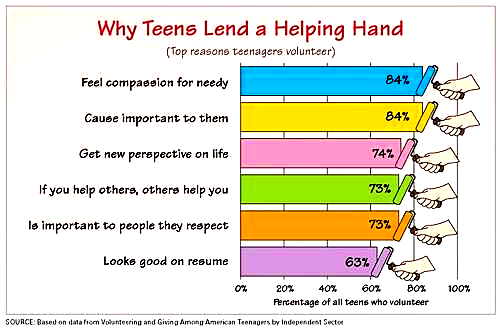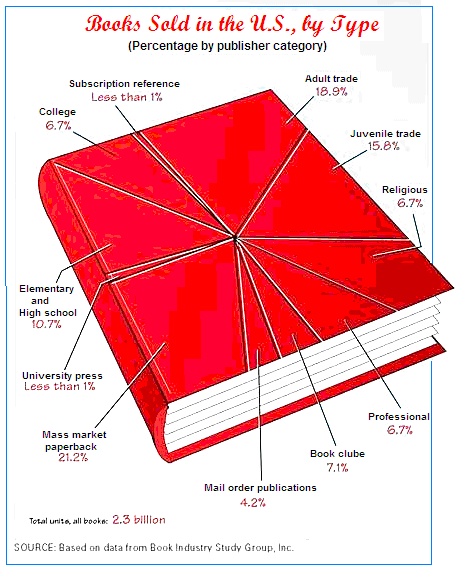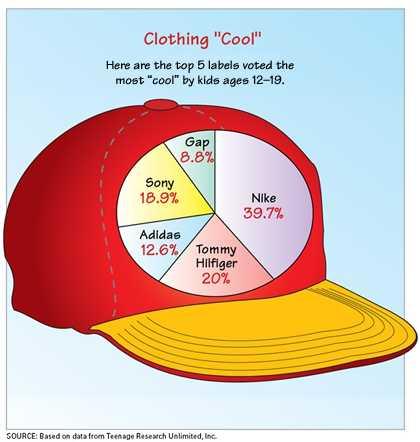
- •Англійська мова для професійного спілкування
- •Передмова
- •Brief contents
- •Unit 1 structure and bonding
- •1. You are going to read three texts which are all connected with chemistry. Read the texts and be able to make intelligent guesses about:
- •2. Decide what books the texts come from. What helped you to make up your mind? Choose from the following:
- •3. Which sentence could be the opening sentence of the text?
- •4. Think about the first sentences above and decide which you think are likely to introduce a paragraph with:
- •6. Give the definitions of the following terms:
- •2. Look at Appendix 3 and Render the following text.
- •3. Read the following text. Discuss the point with your colleagues. What do you know about the methods of scientific investigation? The Scientific Method
- •The Scientific Method
- •1. Culture clips: London life
- •2.What museums are there in your city/town? Have you ever visited any?
- •3.Have you ever visited science museum of the “kpi”? Are there any in your university? Imagine that you are a guide at such museum, tell about the most interesting museum piece.
- •2. What was said in the text about:
- •3. Render the following text.
- •1. Imagine that you are starting a presentation. What phrases might you use?
- •2. Listen totwowaysofopeningpresentationsandseeifyoucanhearsomeofthephrasesabove.
- •3. Read some advices on delivering effective presentations in the Appendix 7 and write your own opening for the topic “Stereochemistry”.
- •Imagine that you are a major distributor of the following product. Look at Business English section and write a letter asking more information about the product presented below.
- •Unit 3 molecular symetry
- •2. Find five things in the texts to finish the sentence: “It reminds me of…”
- •2. Read the flowcharts given in the figure 1 and 2.
- •3. Read some information about creation of the flow charts in the Appendix 4-6 and create your own describing any experiment you made in the laboratory.
- •4. Create a list of rules related to the theme of the text given in the exercise 1. Share and compare the rules with your partners and think how they might be improved, choose the best ones.
- •5. Render the text given in the exercise 1.
- •2. Listen to two ways of giving presentations and see if you can hear some of the phrases above.
- •3. Read some advices on delivering effective presentations in the Appendix 7 and write your own presentation for the topic “Molecular symmetry”.
- •You ordered: Beckman du64 uv/VisSpectrophotometer
- •Unit 4 stereochemistry of reactions
- •Chiral Drug
- •1.Presentation: questions.
- •Unit 5 resolution of enantiomers
- •Resolution of enantiomers
- •1. Method of resolution is the title of the text in this section. What is the likely content of the article? Predict the methods which might be described.
- •3. Mark and talk about five things from the text you are glad to find out about. Talk in pairs about these things and why you chose them.
- •5.Render the text.
- •4. Think of three reasons you liked the text and three reasons you didn’t like it. Share and compare your reasons with other students. Find out how many other students share your opinion.
- •1.Presentation: useful tips.
- •3.Complete the sentence with the correct phrase.
- •Principles of Stereochemistry
- •Enantiomeric Relationships
- •Diastereomeric Relationships
- •Methods of determining configuration
- •The Cause of Optical Activity
- •Molecules With More Than One Chiral (Stereogenic) Center
- •Asymmetric Synthesis
- •Business english
- •Formal letter
- •1.Titles and addresses
- •2Covering the issues
- •3 Beginning your letter
- •4 Ordering ideas
- •5 Range
- •6 Ending the letter
- •Sample formal letter
- •Informal letter or email
- •1 Titles and addresses
- •2 Openings
- •3 Covering all the issues
- •4 Using informal language
- •5 Range
- •6 Connectors
- •7 Closing statements
- •Writing a tactful advice letter
- •How to write a request letter
- •Complaint letter
- •If necessary, add any further information:
- •Writing claim letter
- •Inquiry letter
- •Establish Your Objective
- •Determine Your Scope
- •Organize Your Letter
- •Draft Your Letter
- •Close Your Letter
- •Review and Revise Your Inquiry Letter
- •Sample Inquiry Letter __________Better Widget Makers, Inc.__________
- •5555 Widget Avenue
- •Appendices appendix 1 exclamations
- •Appendix 2 general conversation gambits
- •Appendix 3 the scheme of rendering the text
- •Appendix 4 flow charts
- •Appendix 5 graph
- •Appendix 6 reading and interpreting graphs
- •Types of Graphs
- •Appendix 7 presentations
- •Typescripts
- •Bbc Learning English. Talking Business
- •(Bbclearningenglish. Com)
- •Bibliography 1
- •Bibliography 2
Types of Graphs
There are three types of graphs you will see most often. Each type of graph is used for different reasons. No matter which type of graph you are reading, it will be important to read and understand the graph before you answer any questions about the graph.
Bar Graph
Bar graphs are used to compare information or look at information over time such as years. The graph we used earlier is an example of a vertical bar graph. It compares the percentage of money that elementary, high school, and college students spend on school related items.
Bar graphs can also be horizontal.

Pie Chart
Pie charts show percentages. If you add up all the percentages in a pie chart, the total would be 100%. Pie charts are very good for looking at the parts of a whole.
Pie charts are often in the shape of a circle, but they do not have to be a circle. Here is an example of two pie charts. One is a circle and one is not a circle.
The pie chart on the left shows the types of books sold in the United States. If you add up all the types of books, the total is 100%. The same is true for the "Cool Clothing" pie chart on the right. When added together, the top 5 labels are equal to 100%


It makes sense to use a pie chart to show this information. It wouldn’t be as easy to see the whole picture with a bar graph.
Appendix 7 presentations
A good way to make your presentations effective, interesting and easy to follow is to use signpost language. 'Signpost language' is the words and phrases that people use to tell the listener what has just happened, and what is going to happen next. In other words, signpost language guides the listener through the presentation. A good presenter will usually use a lot of signpost language, so it is a good idea to learn a few of the common phrases, even if you spend more time listening to presentations than giving them! Signpost language is usually fairly informal, so it is relatively easy to understand.
|
Section of presentation |
Signpost language |
|
Introducing the topic |
The subject/topic of my talk is ... I'm going to talk about ... My topic today is… My talk is concerned with ... |
|
Overview (outline of presentation) |
I’m going to divide this talk into four parts. There are a number of points I'd like to make. Basically/ Briefly, I have three things to say. I'd like to begin/start by ... Let's begin/start by ... First of all, I'll... … and then I’ll go on to … Then/ Next ... Finally/ Lastly ... |
|
Finishing a section |
That's all I have to say about... We've looked at... So much for... |
|
Starting a new section |
Moving on now to … Turning to... Let’s turn now to … The next issue/topic/area I’d like to focus on … I’d like to expand/elaborate on … Now we'll move on to... I'd like now to discuss... Let's look now at... |
|
Analyzing a point and giving recommendations |
Where does that lead us? Let's consider this in more detail... What does this mean for...? Translated into real terms... Why is this important? The significance of this is... |
|
Giving examples |
For example,... A good example of this is... As an illustration,... To give you an example,... To illustrate this point... |
|
Summarizing and concluding |
To sum up ... To summarize... Right, let's sum up, shall we? Let's summarize briefly what we've looked at... If I can just sum up the main points... Finally, let me remind you of some of the issues we've covered... To conclude... In conclusion ... In short ... So, to remind you of what I’ve covered in this talk, … Unfortunately, I seem to have run out of time, so I’ll conclude very briefly by saying that ….. I'd like now to recap... |
|
Paraphrasing and clarifying |
Simply put... In other words....... So what I’m saying is.... To put it more simply.... To put it another way.... |
|
Invitation to discuss / ask questions |
I’m happy to answer any queries/ questions. Does anyone have any questions or comments? Please feel free to ask questions. If you would like me to elaborate on any point, please ask. Would you like to ask any questions? Any questions? |
